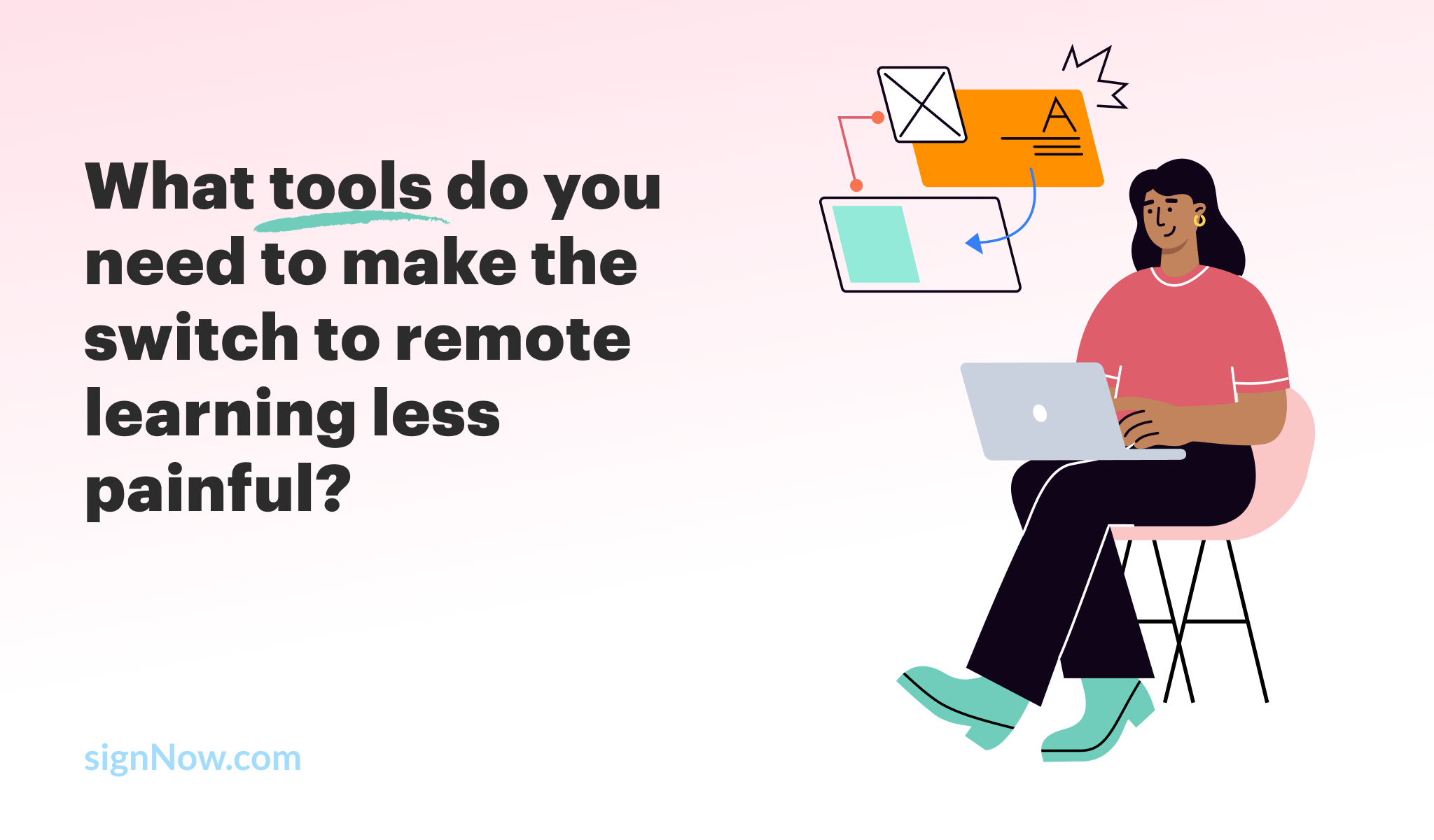Academic year 2020-2021: remote education and the key things you should consider

The new academic year has started but there is still no common strategy to define whether to educate students remotely, bring them back into the classroom, or create a hybrid model that combines both. Different countries have chosen to act differently. For instance, in the US more than three-quarters of the 50 largest school districts have decided to start the school year remotely.Video is now an irreplaceable part of the educational experience and The Imperial College London started offering a course on the science of coronavirus…
What else might we expect with the start of the new academic year?
In short, more “virtual” schools, split schedules, a shifting course calendar, and more flexible attendance policies. The need to change classroom culture and traditional classroom spaces, assemblies, and sports arise along with the questioning of quality.
So the biggest challenge for educators is to make this digital transition successful and develop curriculums that contribute to student success.
However, online studying isn’t actually a super new experience. Recent studies confirm that online education enrollment has been quite steady since 2016. Half of online students archived their goals successfully and 30% got their desired results. 86% of online students believe that the value of their degree is equal or bigger than the cost they paid to receive it and the same amount think that online learning is as good as or better than attending courses on campus.
And it’s not surprising when you look at all the benefits remote learning brings:
 Flexibility – you’re free to set your schedule and priorities.
Flexibility – you’re free to set your schedule and priorities. No physical boundaries – you can learn from all over the world without having to enroll into a new school.
No physical boundaries – you can learn from all over the world without having to enroll into a new school. Better budget – you save costs on books, transportation, rent, child care, and more.
Better budget – you save costs on books, transportation, rent, child care, and more. More technology – distance learning programs use advanced technology to provide better education, so you become more technologically savvy.
More technology – distance learning programs use advanced technology to provide better education, so you become more technologically savvy.
It’s predicted that due to the large-scale transition to remote learning, online programs will become more diversified. Such fields as STEM or medicine have to be more web-integrated.
Also, the content has to be mobile-friendly. Online programs being easier to learn makes them more attractive for students, and what’s really important is, the need for training and support for teachers along with appropriate tools will grow significantly. Since it’s sufficient for educational organizations to provide the digital infrastructure, the services they use have to be user-friendly, secure and accessible from anywhere. In addition, the new model for learning reduces the value of homework, so students should be empowered to work collaboratively on their tasks during class time. With signNow, you can create teams and collaborate together. Managing multiple teams you can track documents activity and stats, such as average completion time. An e-signature solution introduces more organized education and transparent workflows all while saving time. Traditional paper-based processes can be simply eliminated. signNow brings a list of benefits that make online learning better: Note: documents are backed-up and stored under Advanced Threat Protection. signNow uses FERPA compliance to ensure that nobody except yourself and the people you authorize can access your data. Additionally, signNow provides anti-tampering controls so that your documents are processed and fully completed without unauthorized changes after being sent out. In these uncertain times, an e-signature solution plays a huge role in saving time, effort, and money. E-signature apps reduce document processing costs up to 55%–78%. Printing, mailing, signing, scanning, and faxing can all be replaced with an e-signature solution. Some programs and services are complicated to understand, manage and get used to, but not signNow. It’s interface is intuitive and user-friendly, meaning no specific training is needed to use it. Get started and try it out for yourself!
With technology comes the future of education. What tools do you need to make the switch to remote learning less painful?
![]() keeps teacher and student data secure.
keeps teacher and student data secure.
![]() integrates with the most popular apps, cloud services, CRMs, etc.
integrates with the most popular apps, cloud services, CRMs, etc.
![]() streamlines enrollment and admissions processes.
streamlines enrollment and admissions processes.
![]() offers more advanced tools for creating and managing timesheets, reports, lesson plan templates.
offers more advanced tools for creating and managing timesheets, reports, lesson plan templates.

